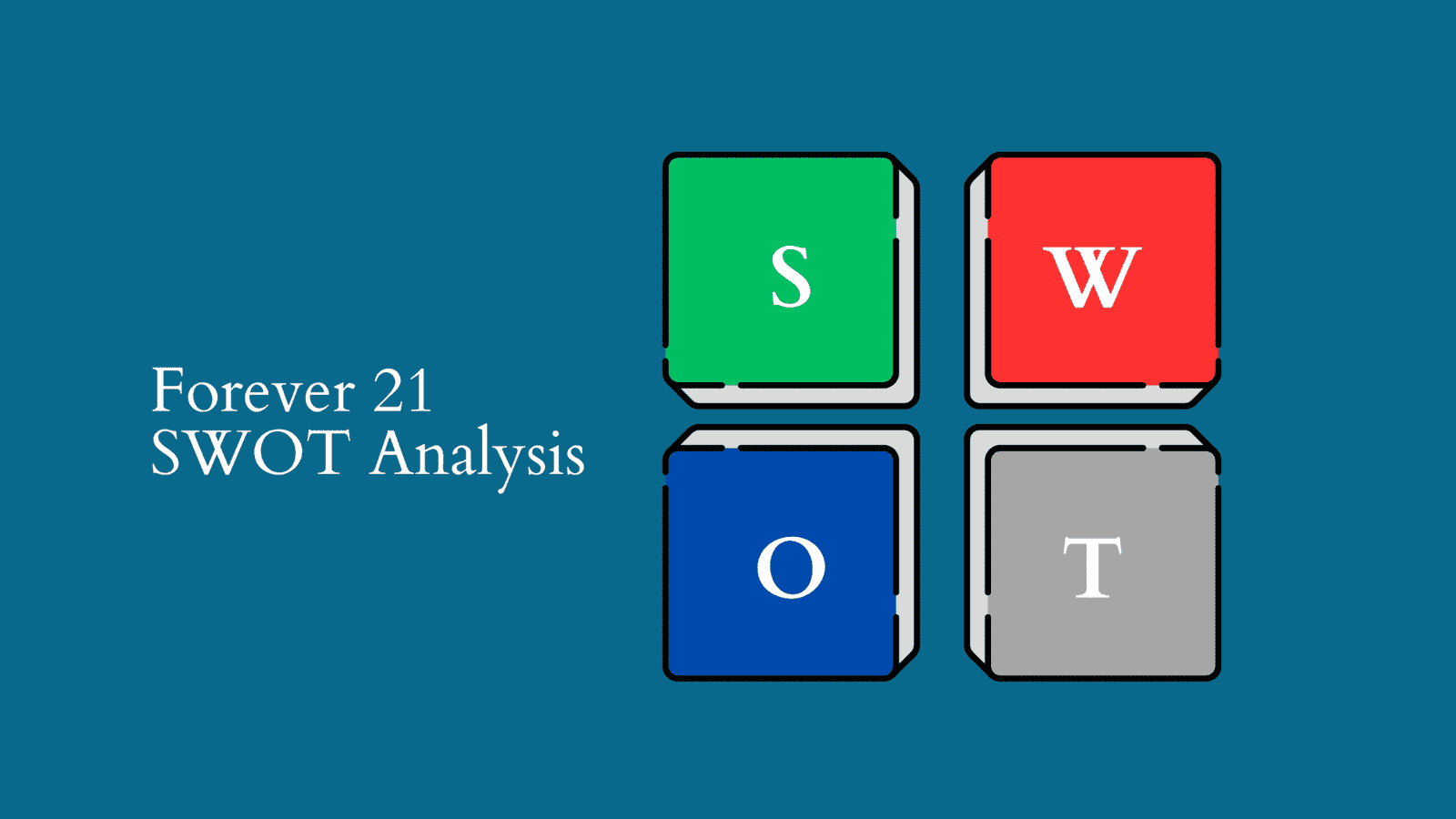Comprehensive competitor website analysis can help businesses gain valuable insights and refine their digital marketing efforts. SEO Analysis, Content Assessment, UX/UI Review, and Social Media Presence are key techniques. #competitorwebsiteanalysis
Competitor Website Analysis: An Overview
To stay ahead in the digital landscape, it’s crucial to understand the strategies and tactics employed by competitors. Through comprehensive competitor website analysis, businesses can gain valuable insights and identify opportunities for refining their digital marketing efforts.
Key Techniques for Competitor Website Analysis
When delving into competitor website analysis, it’s essential to consider several key techniques:
- SEO Analysis: Dive into their keyword strategy, backlink profile, and on-page optimization to comprehend how they attract organic traffic.
- Content Assessment: Evaluate the type, quality, and frequency of content produced, and the resonance it has with their audience.
- UX/UI Review: Assess the user experience and interface design, uncovering strengths and weaknesses in navigation, accessibility, and overall engagement.
- Social Media Presence: Analyze their social media strategy, including platform usage, engagement levels, and content performance.
- Performance Benchmarking: Compare website loading speed, mobile optimization, and overall site performance against industry standards.
- Conversion Funnel Analysis: Investigate how they guide visitors through the conversion process, from initial touchpoints to final actions.
By leveraging these techniques, businesses can derive comprehensive insights from competitor websites. Enabling them to refine their strategies and enhance their digital presence.
By employing these techniques, you can gain valuable insights into your competitors’ strategies and identify opportunities for improvement within your digital marketing efforts.
Also, exploring the Google Ads Competitor Analysis.
Benefits of Competitor Web Analysis
Conducting a thorough competitor website analysis presents a myriad of benefits for businesses aiming to thrive in the digital realm:
- Identifying Competitive Advantages: By comprehensively analyzing competitors’ websites, businesses can discern their strengths and areas where they outperform others, allowing for strategic adjustments to gain a competitive edge.
- Enhancing SEO Strategies: Understanding competitors’ keyword usage, backlink profiles, and on-page optimization provides valuable insights for refining and strengthening one’s SEO strategies to increase organic traffic.
- Refining Content Strategies: By evaluating the type, quality, and frequency of content produced by competitors. Businesses can refine their content strategies to resonate better with their target audience.
- Improving User Experience: Assessing the UX/UI design and navigation of competitor websites helps in identifying opportunities to enhance user experience, ultimately leading to improved engagement and conversion rates on one’s site.
- Informing Social Media Tactics: Analyzing competitors’ social media strategy and content performance aids in refining and optimizing one’s own social media presence, thereby improving audience engagement and brand visibility.
- Benchmarking Performance: Comparing website loading speed, mobile optimization, and overall site performance against industry standards provides invaluable insights for enhancing the technical aspects of one’s website.
- Guiding Conversion Optimization: Investigating how competitors guide visitors. The conversion process offers valuable insights for refining one’s conversion funnel, potentially leading to increased conversion rates.
By leveraging the benefits of competitor website analysis, businesses can gain a deeper understanding of their competitive landscape, refine their digital strategies, and ultimately strengthen their digital presence.
Examples
- Traffic Analysis: Assess their website traffic sources, including organic search, direct, referral, and social, to gauge their audience reach and acquisition channels.
- Keyword Research: Identify the keywords they are targeting and ranking for. As well as the search volume and competition level of these keywords.
- Backlink Profile: Investigate the quality and quantity of websites linking to their site. Exploring the authority and relevance of these backlinks.
- Content Audit: Review the type and depth of content on their site. Analyzing how they address user intent and provide valuable information.
- Design and User Experience (UX) Evaluation: Evaluate their website design, user interface, and overall user experience, including load times and mobile responsiveness.
- Social Media Integration: Examine how they integrate and leverage social media on their website, assessing engagement and user interaction.
Summary
In the digital landscape, understanding competitors’ strategies is crucial for businesses. Comprehensive competitor website analysis provides insights into SEO, content, UX/UI, social media, performance benchmarking, and the conversion funnel. This analysis helps businesses refine their digital marketing efforts, identify competitive advantages, enhance SEO and content strategies, improve user experience, optimize social media tactics, benchmark performance, and guide conversion optimization. Examples of competitor website analysis include traffic analysis, keyword research, backlink profiling, content audit, UX evaluation, and social media integration.











